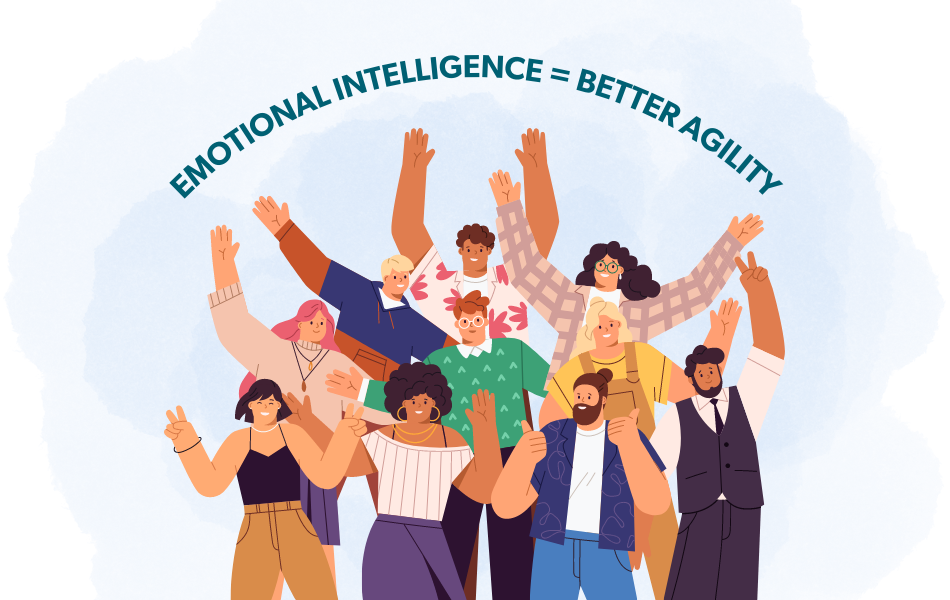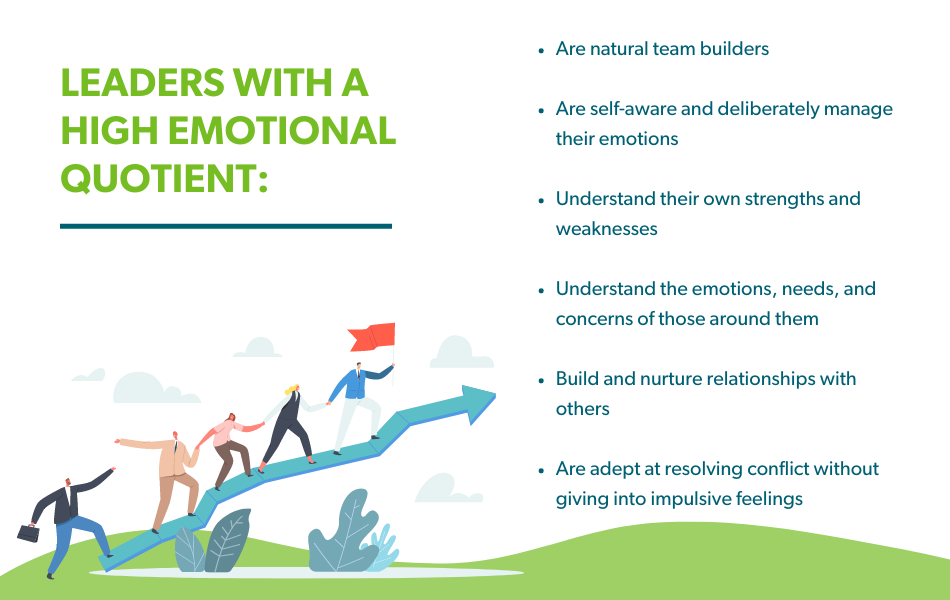-
- marketing agility
- Teams
- Organizations
- Education
- enterprise
- Articles
- Individuals
- Transformation
- Solution
- Leadership
- Getting Started
- business agility
- agile management
- going agile
- Frameworks
- agile mindset
- Agile Marketing Tools
- agile marketing journey
- organizational alignment
- Agile Marketers
- People
- Selection
- (Featured Posts)
- strategy
- agile journey
- Metrics and Data
- Kanban
- Resources
- Why Agile Marketing
- agile project management
- self-managing team
- Meetings
- Scrum
- agile adoption
- scaled agile marketing
- tactics
- scaled agile
- AI
- Agile Meetings
- agile marketing training
- agile takeaways
- Agile Leadership
- agile coach
- enterprise marketing agility
- Scrumban
- state of agile marketing
- team empowerment
- Intermediate
- agile marketing mindset
- agile marketing planning
- agile plan
- Individual
- Team
- Videos
- agile marketing
- kanban board
- Agile Marketing Terms
- agile transformation
- traditional marketing
- FAQ
- agile teams
- Agile Marketing Glossary
- CoE
- Scrumban
- agile
- agile marketer
- agile marketing case study
- agile marketing coaching
- agile marketing leaders
- agile marketing methodologies
- agile marketing metrics
- agile pilot
- agile sales
- agile team
- agile work breakdown
- cycle time
- employee satisfaction
- marketing value stream
- marketing-analytics
- remote teams
- sprints
- throughput
- work breakdown structure
- News
- agile brand
- agile marketing books
- agile marketing pilot
- agile marketing transformation
- agile review process
- agile team charter
- cost of delay
- hybrid framework
- pdca
- remote working
- scrum master
- stable agile teams
- stand ups
- startups
- team charter
- team morale
- user story
- value stream mapping
- visual workflow

For all the talk about Agile processes, getting Agile right comes down just as much to getting interpersonal dynamics right. Judging whether Agile is working for you can’t come purely from your output metrics, how your team members feel is just as important.
That’s why emotional intelligence is such an under-appreciated skill when it comes to implementing Agile. But exactly what is it, what role does it play, and how can you harness it to improve how you use Agile frameworks?
What Does It Mean to Have Emotional Intelligence?
In the same way your intelligence quotient (IQ) aims to assess your human intelligence, the emotional quotient (EQ) aims to access your level of emotional intelligence.
Emotional intelligence (EI) is the ability to identify, use, understand, and manage emotions in positive ways to relieve stress, communicate effectively, empathize with others, overcome challenges, and defuse conflict. Emotional intelligence impacts many different aspects of your daily life, such as the way you behave and the way you interact with others.
There are many examples of individuals with high IQ, but low EQ and vice versa. For example, someone can have excellent logical deduction skills, but little to no self-awareness and may even struggle to forge strong relationships with others.
Emotional Intelligence & Agility
Agility requires trust and understanding to work well. If an Agile team is going to quickly adapt, help each other when members get blocked, stick to Agile principles, etc. those team members need to trust each other.
EI is a key element in building that trust. Leaders need to not just set an example through the way they act but identify and address issues as they arise. For example, if one team member is feeling frustrated during an Agile transformation, that person’s concerns need to be addressed. After all, Agile transformations can be difficult, so a team needs to trust in the outcome for that transformation to be a success.
To take another example, if a team member doesn’t feel comfortable saying that they’re blocked and asking for help, the team simply can’t function as well. Leaders need to use EI to identify and help build comfort and trust in these kinds of situations.

Role of Emotional Intelligence on the Team Level
When team members who have high levels of emotional intelligence come together, they have a much higher chance to cultivate an environment of trust from which awesome work can emerge.
Beyond high-quality output, teams with high EQ are also able to manage their common stress as a unit and avoid getting overwhelmed. That means high-quality output doesn’t come at the expense of their mental or even physical health (something that’s far too common).
The behaviors of an emotionally intelligent team not only affect them internally but also affect those that they collaborate with externally. Through open channels of communication among each other and with their stakeholders, emotionally intelligent teams are excellent at managing expectations, understanding what stakeholders need from them, and generally ensuring everyone’s needs are met.
The high levels of awareness and accountability among team members with high EQ mean that blame and fear are much less likely to drive decision-making. Instead, team-level decisions are owned by the group at large and discussed on equal footing before they are made.
Unlocking Collective Knowledge
Arguably, one of the most valuable benefits of being emotionally intelligent as a team is the ability to unlock your collective knowledge and leverage it to your advantage.
Teams with high EQ are able to learn faster as a unit and maintain fast information flow, which makes them more nimble as a collective.
Unlocking collective intelligence by knowledge-sharing seems like a no-brainer if you’re already in an Agile environment. However, in more traditional units, such as Sales, team members often hoard knowledge in order to use it to improve their individual performance.Emotionally intelligent teams that are incentivized by team-level goals believe that they are stronger together and invest in building out their capabilities as a group based on new information that comes in from customer research, stakeholder feedback, or market shifts.
How to Recognize Teams with Members Who Have High EQ
If you ever come across a team that has high EQ, they’re probably going to be a high-performing one.
Teams with high EQ tend to stand out because they:- Favor their communication tools like Teams, Zoom, Slack, and others
- Have frequent touchpoints amongst themselves in their calendars and attend them as often as possible
- Manage expectations using explicit policies that encourage consistency
- Have good rapport internally amongst each other and with stakeholders
- Find solutions to problems as a group
- Often use “we” instead of “I” in moments of success and failure
When team members do not embody these behaviors, churn usually rises to a point that signals fundamental problems in the way the unit functions. If they don’t get redistributed completely, these teams can become smaller and more isolated in the organizational structure until they stop receiving high-priority projects due to their problematic nature.
Role of Emotional Intelligence on the Leadership Level
It can be argued that an above average level of emotional intelligence is as important on the leadership level as it is on the team level, if not more so.
The reason EQ is crucial among leaders comes down to the fact that they operate in positions from which they are able to influence many parts of the organization. What they do has ripple effects across teams and departments.
It’s said that “the fish rots from the head” when it comes to bad leadership. Good leadership works this way too. When someone in a leadership position showcases empathy for team members, invites open communication, and collaborates effectively with different groups (all signs of high EQ) those behaviors can permeate to other parts of the organization more quickly.
Unlocking Adaptive Leadership
Team members in leadership roles particularly benefit from EQ because it allows them to unlock one of their superpowers: adaptive leadership styles.
Adaptive leadership is the act of mobilizing a group of individuals to handle tough challenges and emerge triumphant in the end by using different styles of leadership to catalyze new behaviors among team members. For example, the way you approach being a leader in a crisis is quite different from how you may want to approach it when gathering team feedback to identify areas for improvement.
People who practice adaptive leadership tend to be adept at taking in changes in their environment, empathizing with others, and managing their own emotions.
Sound familiar? High EQ provides a strong foundation to build on with adaptive leadership styles that they can apply in their day-to-day as they solve challenging problems alongside their teams.

How to Recognize Leaders with High EQ
Beyond just influencing strategy and managing team members, you can recognize a leader with high EQ in a number of surefire ways.
Leaders with a high emotional quotient:
- Are natural team builders, they help teams gel
- Are self-aware and deliberately manage their emotions
- Understand their own strengths and weaknesses, but have self-confidence
- Understand the emotions, needs, and concerns of those around them
- Build and nurture relationships with others
- Are adept at resolving conflict without giving into impulsive feelings
When a leader lacks these qualities, this can impact the effectiveness of an Agile team. It can prevent team members from sharing their great ideas and can lead to poor decision-making that is based only on a single point of view.
EQ: A Key Ingredient of Agile Mindset & Culture
Compared to the Agile mindset and culture, Agile practices are a breeze to master. Give your team a couple of weeks to ramp up and they’ll be meeting for a standup every morning, working from their backlog and planning their next iteration of work on a regular cadence.
Where Agile implementations often stall out is when teams and leaders are faced with the need for a gradual development of soft skills that can nurture the Agile mindset and allow a healthy company culture to flourish. This process takes exponentially more time and it can be more challenging, especially in environments that emphasize hard skills.
Soft skills, like emotional intelligence (EQ), are actually one of the most important ingredients to becoming an effective leader or team member. This extends to both Agile environments as well as traditional ones.
On the team and leader level, raising your emotional quotient is one of the best investments you could be making in your success in the workplace.
Topics discussed
Improve your Marketing Ops every week
Subscribe to our blog to get insights sent directly to your inbox.


